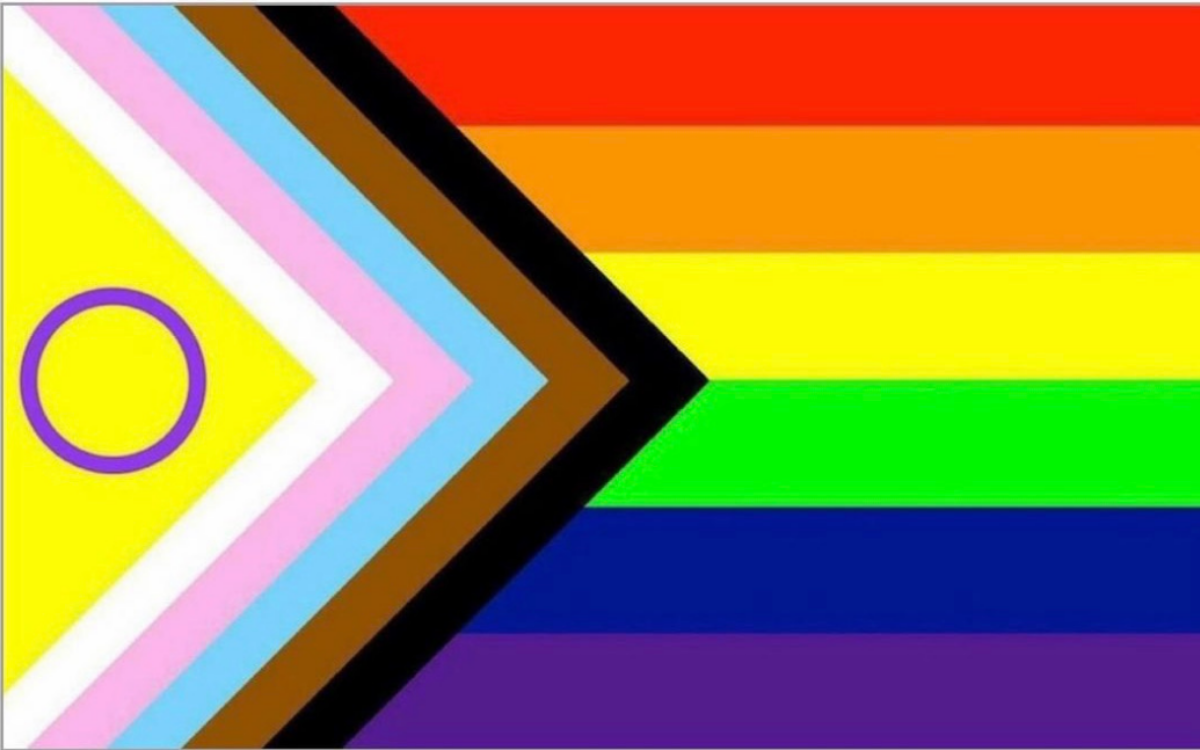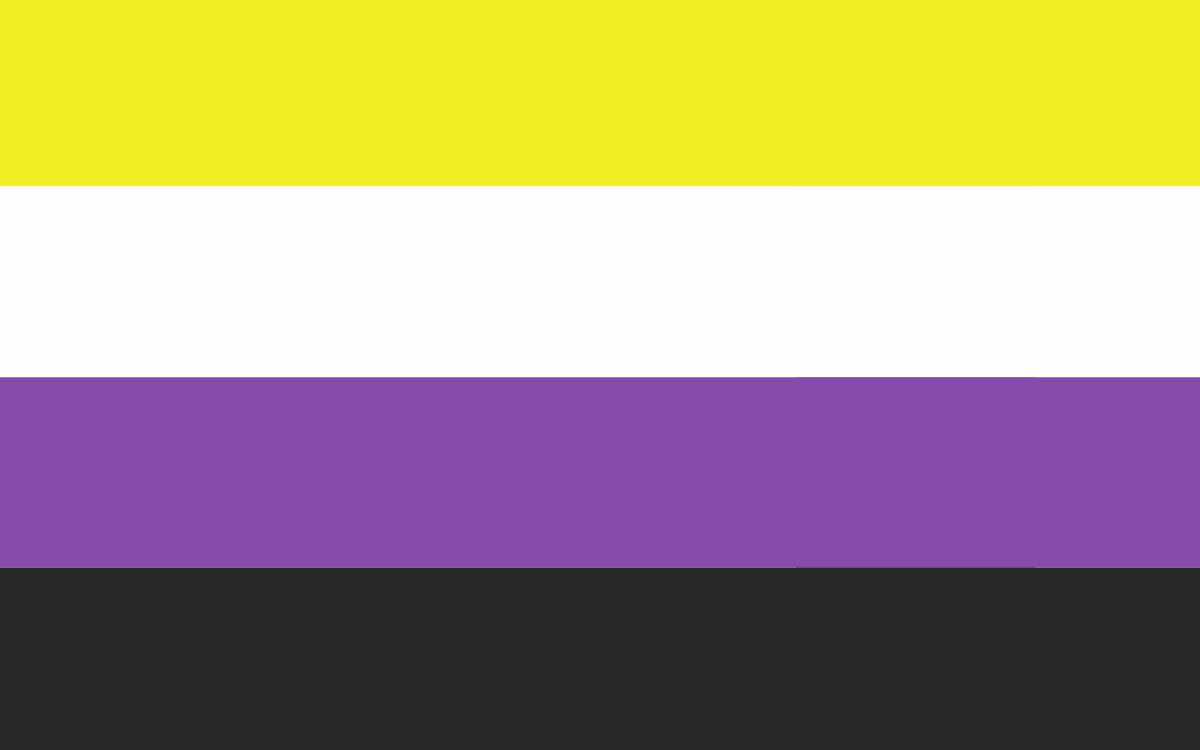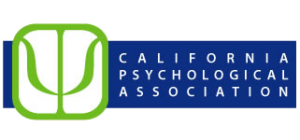Dissociation and Mood Disorders
Mood disorders can be found among those with Dissociative Disorders and are sometimes misdiagnosed as mood disorders rather than DID/OSDD.
In addition, dissociation occurs among those with mood disorders.
Dissociation can occur in the midst of any other mental health disorder & as it’s a means of coping by disconnect, it can be utilized by any nervous system to cope with symptoms that are experienced as too much for the system to handle at that moment.
Depression is a common experience in those who experience DID/OSDD.
Depression can occur across the system or it can be contained within certain parts of the personality.
Trance symptoms of staring off into space, not in contact with the world around you can appear as catatonia associated with depression.
Individuals with DID/OSDD are often misdiagnosed as having Bipolar Disorder because switches between different parts can appear to mimic the mood swings seen in Bipolar disorders.
The experience of dissociative symptoms among individuals with Bipolar disorder is not well researched or documented.
A 2022 review suggests that those with Bipolar disorders experience more dissociative symptoms than healthy controls or those with depression alone. (Source: Frontiers in Psychiatry)
Addressing dissociation in mood disorders is best done by treating the underlying mood disorder & by understanding when/why the dissociative symptoms come up.
Dissociative symptoms should always lead to an evaluation for a history of trauma & addressing any trauma uncovered.
Prevention strategies that will help both the mood disorder and the dissociation include getting enough sleep, food, water, & exercise daily.
Reduce potential triggers by avoiding or reducing use of alcohol, drugs, and caffeine.


















